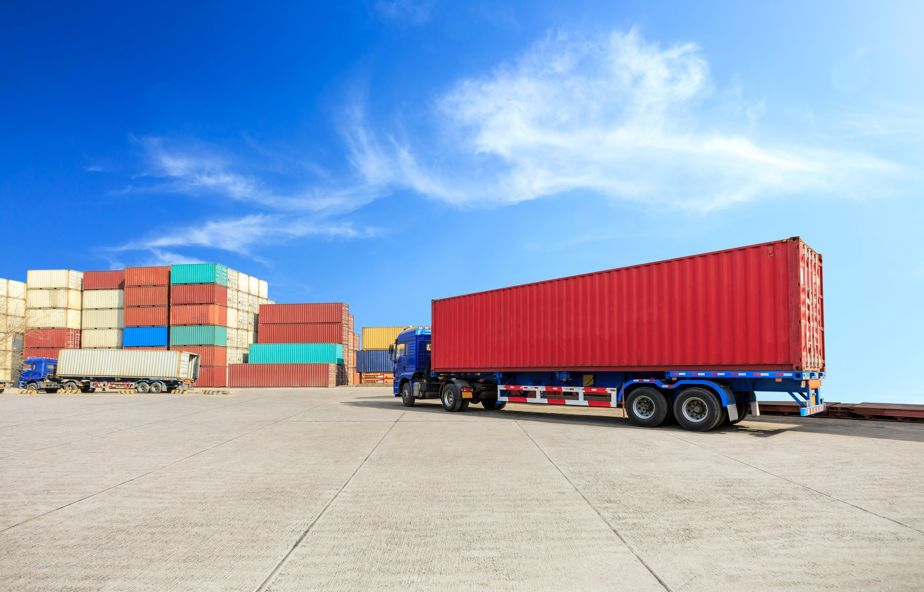A number of carriers expanded or entered the container shipping market during 2020-2022, taking advantage of record high consumer demand and freight rates.
With carriers announcing 70% and higher year-on-year (YoY) earnings shortfalls, some trade lane rates dropping 90% YoY, and major trade lanes seeing under 70% utilisation levels, further pressures on carriers and profitability can be expected.
The recent notification of appointment of liquidators to Focus Container Line highlights the emerging risk that the current pressures create. Focus Container Line becomes the second carrier to terminate operations, alongside Allseas Global Project Logistics in October 2022, after entering the container shipping market where record charter rates were coupled with steady declines in container rate levels.
When a carrier enters insolvency, the following usually occurs:
- Vessels cease trading, detained or arrested
- Cargo movements are paused
- Liquidators and creditors negotiate outcomes
- Cargo owners may be requested to pay to have cargo released.
Once cargo has been released, it may be stored away from the intended destination and will require additional costs to transport it to its intended destination. Cargo may need to be unpacked from affected liner containers and then repacked.
What should I do?
Choose your business partners carefully
Shippers should exercise caution in highly volatile risk regions, and should complete due diligence (where possible) on their carriers.
Communicate early and often
Freight forwarders are embedded in the industry. Discuss the realities of the environment with your nominated freight professionals regularly and review potential issues. Even if a slightly more expensive option needs to be utilised to ensure viability in market.
Check and confirm your coverage
Depending on the circumstances, your cargo may not be covered in the event of a carrier insolvency. Check your policies and communicate to your broker if you are in doubt, to ensure you have adequate coverage.
Be proactive
If you are impacted by carrier insolvency or default, don’t stick your head in the sand. Take proactive and prompt steps to safeguard your items, and take physical control where possible. Consult legal advice to strengthen your position.
Talk to us, we’re here to help
Even if your current coverage doesn’t respond to insolvency or default, we may be able to offer assistance. In this type of scenario, NTI will most likely have more than one customer involved, so we may be able to pool resources and assist in moving goods to another vessel. This possibility applies to land, sea or air carriers. It’s a common feature across our Combined Cargo and Inland Cargo products (excluding the Perils Cover option).
For more information on what to do when a carrier defaults, read our eBook below.
Need to make a claim? We are here to help!
